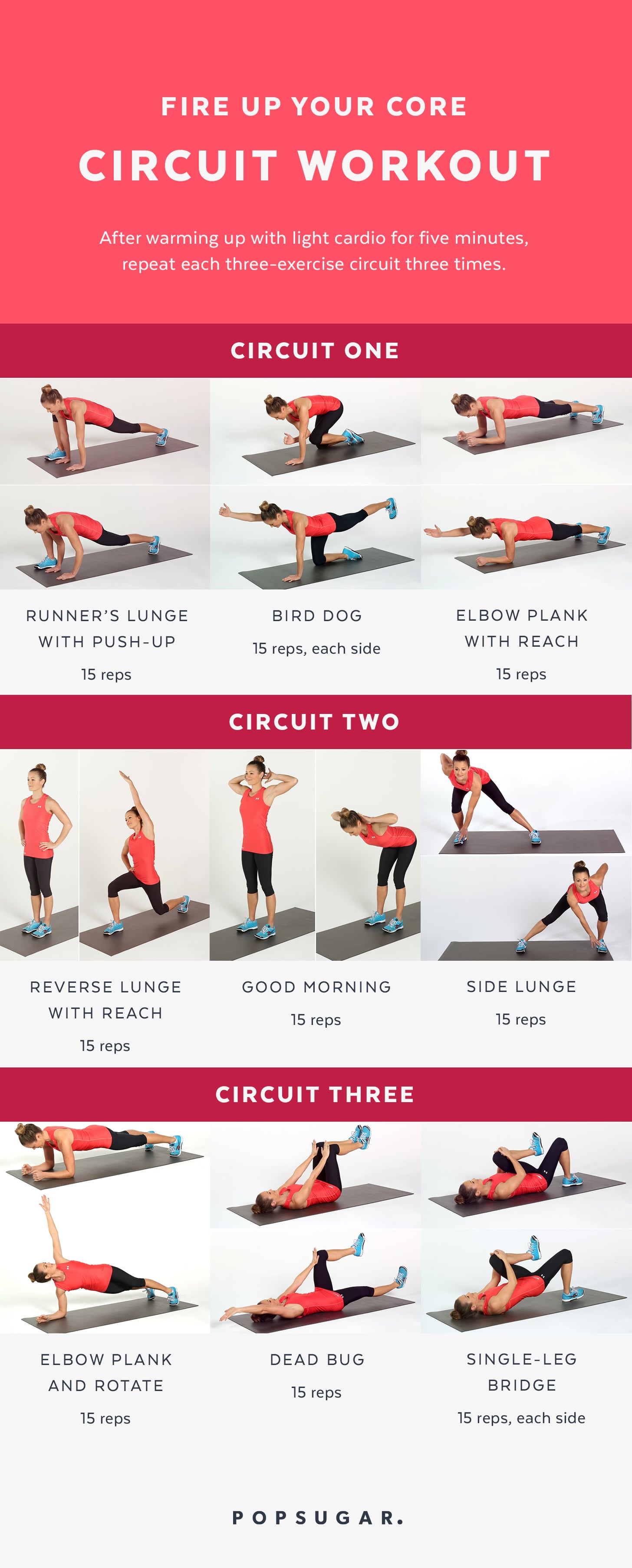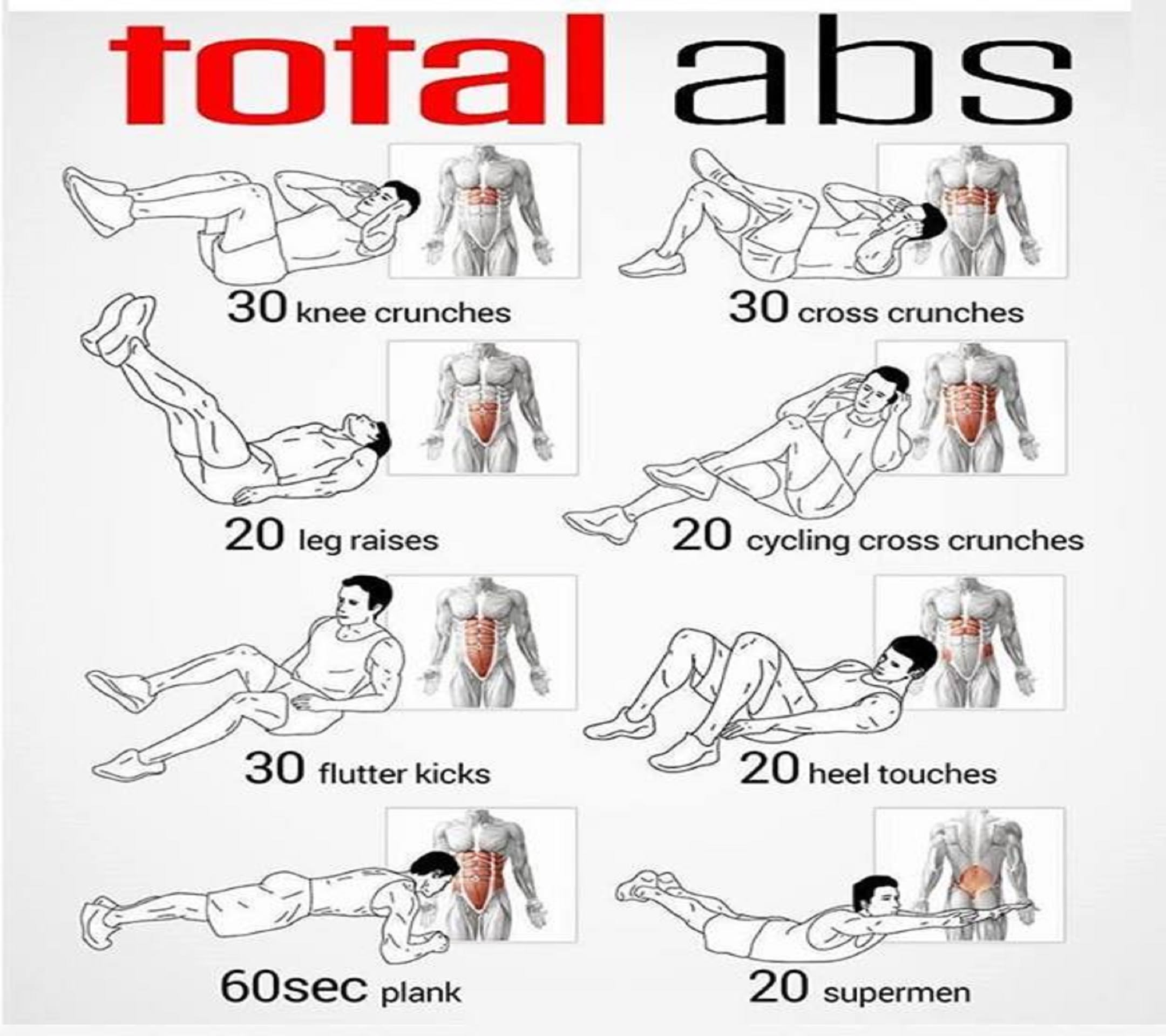Discovering the Perfect Length for an Ab Workout
When considering how long should an ab workout be, it’s essential to strike a balance between effectiveness and time investment. Consistency and progressive overload play crucial roles in ab workout planning. A well-structured ab workout routine should challenge your core muscles while allowing for adequate recovery. This approach ensures continuous improvement and minimizes the risk of injury.
How Long Should a Beginner’s Ab Workout Last?
For those new to ab workouts, determining the ideal duration is vital. A beginner’s ab workout should typically last between 10 to 20 minutes, allowing for quality repetitions and mastery of proper form and technique. Focusing on fundamental core exercises, such as planks, sit-ups, and leg raises, is essential to build a strong foundation. By prioritizing form over duration, beginners can minimize the risk of injury and set the stage for continued progress.
Intermediate Ab Workout Durations: Stepping Up Your Core Game
As individuals progress from beginner to intermediate ab workouts, duration becomes an essential factor. Intermediate ab workouts should last between 20 to 30 minutes, allowing for increased volume and intensity. This duration encourages growth while providing adequate recovery time. Incorporating exercises that target various core muscles, such as bicycle crunches, Russian twists, and side planks, can further challenge the core and promote balanced development.
Advanced Ab Workout Lengths: Mastering Core Strength and Endurance
Advanced ab workouts demand higher volume, intense exercises, and longer durations to fully challenge the core muscles. Typically, these workouts should last between 30 to 45 minutes, enabling individuals to perform a greater variety of advanced movements, such as dragon flags, hanging leg raises, and weighted decline sit-ups. To ensure continued progress, advanced trainees should incorporate periodization and variation in their routines, preventing plateaus and promoting overall core development.
The Role of Frequency and Recovery in Ab Workout Planning
Frequency and recovery are crucial elements in ab workout planning. A well-structured core training program should allow for adequate recovery time to ensure continued progress and injury prevention. Active recovery methods, such as light stretching, foam rolling, and mobility exercises, can further enhance core development. Cross-training and engaging in other physical activities, like swimming or cycling, can also contribute to a balanced fitness regimen. Moreover, prioritizing proper sleep is essential for muscle recovery and growth.
The Impact of Diet and Nutrition on Ab Workout Results
Diet and nutrition significantly influence ab workout outcomes. A balanced diet, rich in lean proteins, whole grains, fruits, vegetables, and healthy fats, provides the necessary nutrients to support core development. Ensuring adequate protein intake, around 1.2 to 1.6 grams per kilogram of body weight, is essential for muscle repair and growth. Additionally, proper hydration before, during, and after workouts aids in muscle function, recovery, and overall performance. Maintaining a consistent and healthy diet, along with a well-designed ab workout routine, can lead to optimal core development and overall fitness goals.
Common Mistakes to Avoid When Planning Ab Workout Durations
When planning ab workout durations, it’s essential to be aware of common pitfalls that could hinder progress. Overtraining is a common mistake, as it can lead to fatigue, injury, and decreased motivation. To avoid overtraining, allow for adequate recovery time between workouts and monitor for signs of excessive soreness or fatigue. Under-recovery is another mistake to avoid, as insufficient rest can negatively impact core development and overall fitness gains. Prioritizing active recovery methods, cross-training, and proper sleep is crucial for maximizing core development.
Lastly, neglecting other muscle groups can lead to an imbalanced fitness program. A well-rounded workout routine should include exercises targeting the entire body, not just the core muscles. By incorporating exercises for the legs, chest, back, shoulders, and arms, you can promote overall fitness, balance, and muscular harmony.
Creating a Personalized Ab Workout Duration Plan
To create a personalized ab workout duration plan, consider your current fitness level, goals, and available time. Start by self-assessing your core strength and endurance, and use this information to determine an appropriate starting point. For beginners, shorter ab workout durations may be more suitable, while intermediate and advanced trainees can gradually increase the length of their workouts to challenge their core muscles further.
Next, establish clear goals for your core training program. Are you looking to improve core strength, enhance endurance, or develop a more defined midsection? By setting specific, measurable, and achievable goals, you can tailor your ab workout duration plan to better support your objectives. Regularly track your progress and adjust your plan as needed to maintain a challenging and rewarding core training routine.
Lastly, ensure that your ab workout duration plan allows for adequate recovery time. Overloading your core muscles without sufficient rest can lead to fatigue, injury, and decreased motivation. Schedule rest days between core workouts and incorporate active recovery methods, cross-training, and proper sleep to maximize core development and overall fitness gains.








